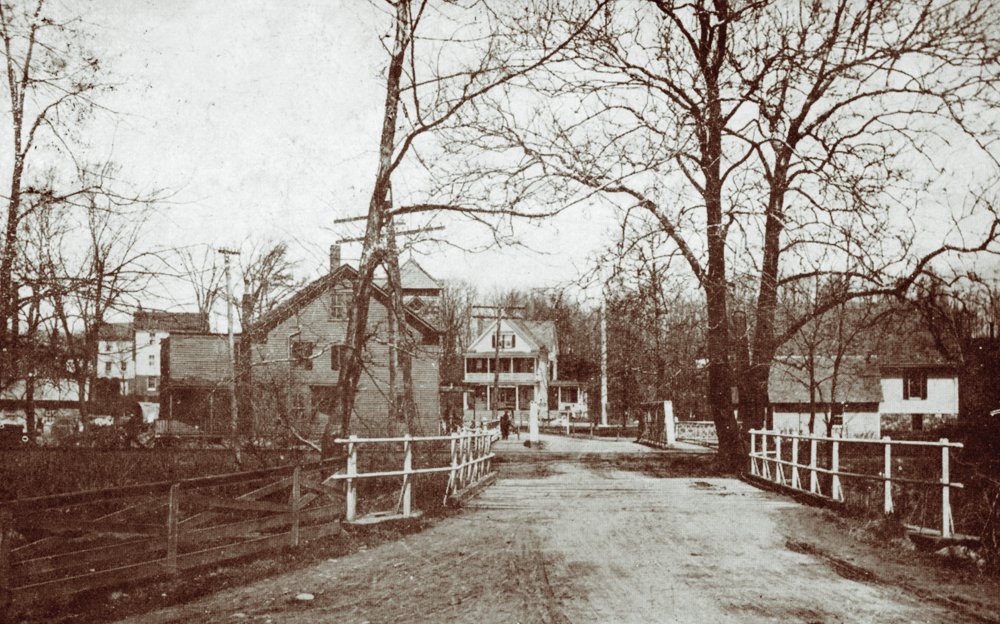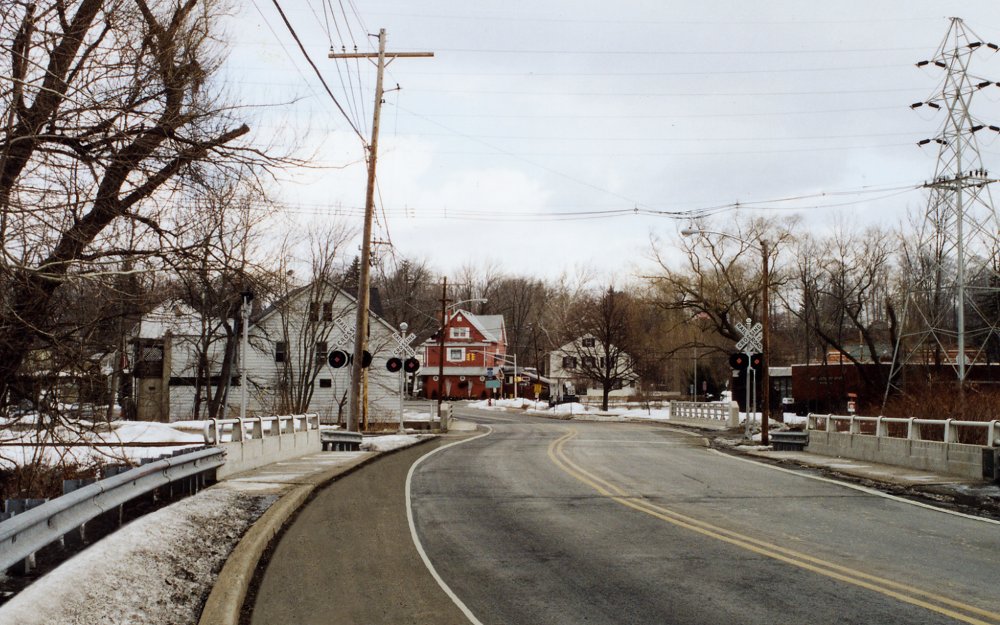Whippany Township
The predecessor to Hanover Township
The first colonial settlement in the wilderness of north central New Jersey occurred along a gentle, meandering river of an area known as “Whippanong” (a name given to us by the Native Americans who first inhabited this land). As colonists settled the area they referred to the land as “Whippeny.” Eventually, the proprietors of the new-found province delineated a vast unsettled territory and named it “Whippenny Township.” The township predates its home county of Morris and actually defined the general boundaries of land that eventually became Morris County.
Whippenny Township—or Hanover Township, as it came to be called—is the predecessor of all 39 municipalities of Morris County. Originally approximately 500 square miles during colonial times, Hanover has been whittled down to its present size of 10.8 square miles. Whippany, as it is now called, is a district within the Township of Hanover with a land area of 6.9 square miles. The district of Cedar Knolls has a land area of 3.9 square miles.
The Meaning of Whippany
The historical translation for the American word Whippany is said to be “place of the arrow wood.” During the last century, arrow wood was interpreted to mean willow wood. The author of A Place Called Whippany offers another theory for the plant species that the Lenape Americans referred to as “arrow wood.”
The word “willow” may evoke a poetic sound for Whippany, but it is an unlikely wood to use for arrows. The most abundant plants along the river valley where the Minisink Trail passed through were vast stands of cattails growing in the meadowlands of ancient Lake Passaic.
Anyone studying the landscape along the Whippanong and the characteristics of the native willow and common cattail will find that willow twigs are crooked and rough while cattail stalks are straight, sturdy, and smooth. Willow wood is not suitable for arrows, but cattails stalks are light and aerodynamic and far more appropriate for archery; certainly a more likely species that the Lenape would have used to craft shafts for arrows.
The pre-colonial sight of millions of cattails as far as the eye could see from Black Meadows to Troy Meadows and through Lee Meadows would have been a noteworthy landmark. The Lenape would have characterized the area by dominant land features or plant species, in this case, the “place of cattails.”
For those of you who don’t know what a cattail is, it can be described as a plant that looks like “a hotdog on a stick,” otherwise called a “corndog.” These days, cattail marshes are being overtaken by an invasive species of reed grass; the result of road salt polluting the freshwater wetlands where they grow. Coincidentally, the Hanover Township seal illustrates a Lenape flanked by cattail stalks.
Copyright 2006
All rights reserved
Limited excerpts of this text may be copied or reproduced
with acknowledgment as copy from A Place Called Whippany, by Leonardo Fariello.
Contact Information: Len Sunchild Publishing Co., Len@whippany.net, 973-539-5355



